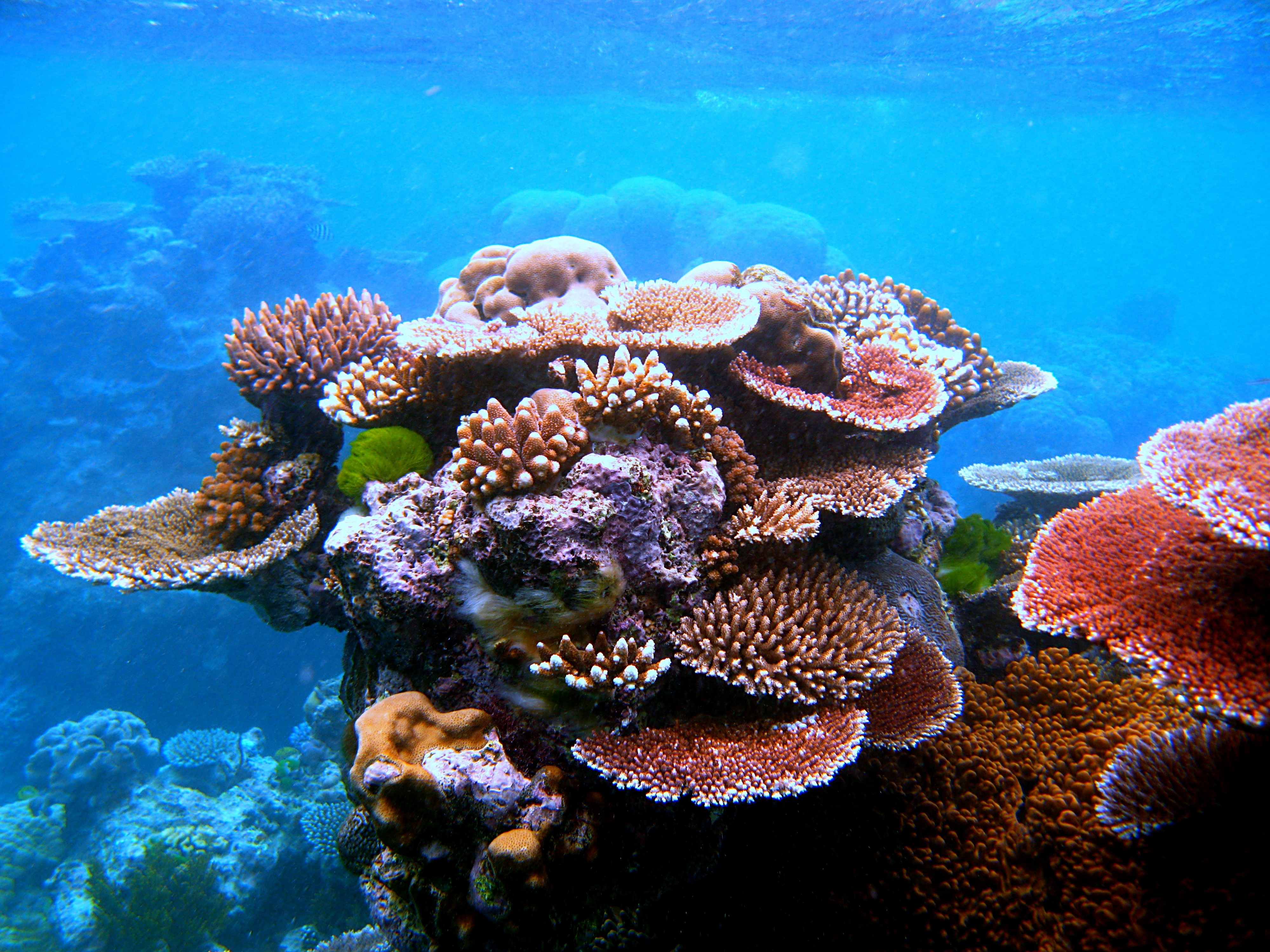http://blogs.stlawu.edu/coralreefs/files/2014/04/Ecology-Images-Coral-reef.jpghttps://upload.wikimedia.org/wikipedia/commons/2/2e/Coral_Outcrop_Flynn_Reef.jpg
http://www.quia.com/files/quia/users/lmcgee/ecology/Exponential-Growth-Curve-sm.gif
http://study.com/cimages/multimages/16/logistic_growth_graph.png
http://catlinseaviewsurvey.zenfolio.com/img/s9/v89/p1837695833-3.jpg
http://catlinseaviewsurvey.zenfolio.com/img/s9/v89/p1837695833-3.jpg







